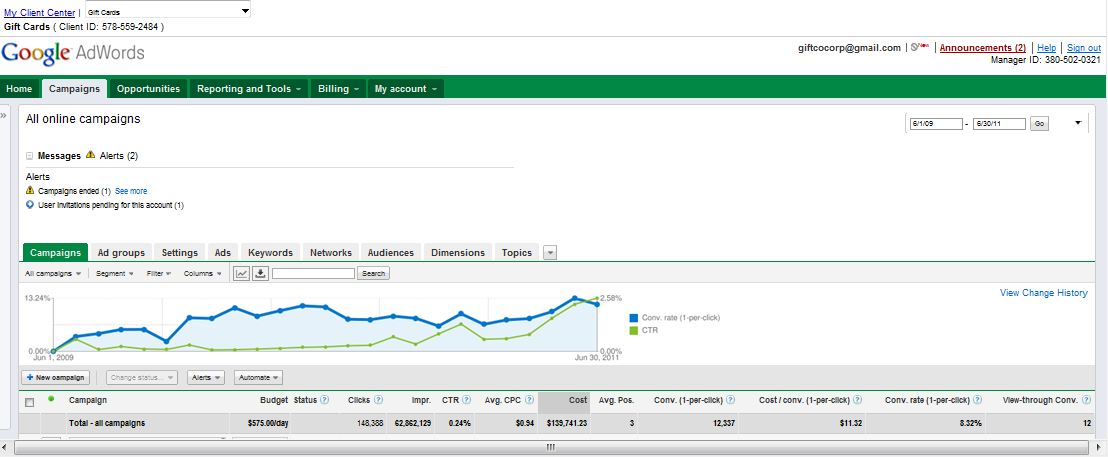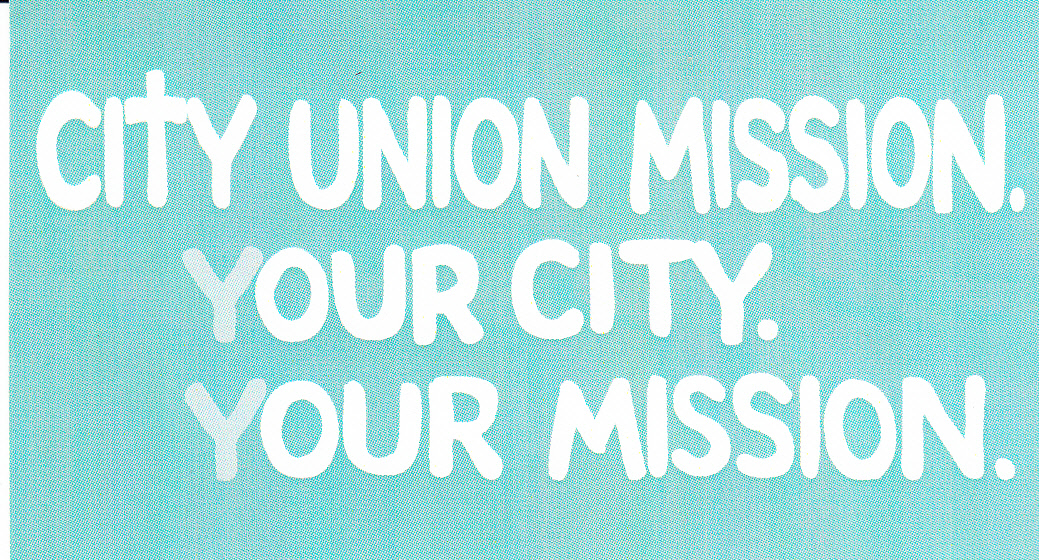Email subject lines are an important part of determining whether your email will be opened. First, people look at the From Address. Then they look at the subject line. Get either of these wrong and there is a 99% chance your email will not be read!
“You were right!” remains the best-performing subject line that I’ve ever crafted. I’ve used it twice, for two different employers. In each case, the open rate exceeded 30% for the in-house lists to which it was delivered.
Why did it work so well? First, it is important to know that each time the email had been preceded by another campaign that wasn’t opened in such large percentages. It was an emailed customer survey. So, recipients could possibly have anticipated that the “You were right!” campaign could be a confirmation of their survey answers. That could be part of it.
But I think the subject line worked because it appeals to our vanity. We all want to be right. We love saying, “I told you so.” So regardless of whether a customer remembered taking a short survey or not, most people are curious to know what makes them so smart.
But, be careful. Customers don’t like to be tricked into opening an email. The email content must have a legitimate payoff. It must reiterate the subject line and have relevant content that leads to a clearly visible call to action.
In the “You were right!” message, the email explained that a customer survey had been conducted and that X% wanted this feature and X% said they wanted this functionality. In truth, both the survey and the “You were right!” emails were methods to promote some exciting new features, functionality and services. The calls to action were “Tell us what you think” and “Get a FREE quote”; each going to a unique landing page with a simple form.
The point of this post is really to highlight the importance of brevity and catering to human behavior. “You were right!” stands out as an email campaign success because it is three simple words that worked like a curiosity light switch.
For help with your email marketing campaigns, even if it is only writing subject lines, I am here for you.




